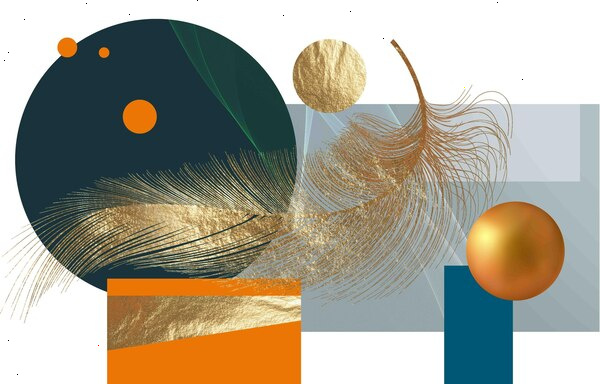Montage Techniques in Modern Art
Montage techniques have long held a significant place in the world of art and film, providing artists with a dynamic method of expression and storytelling. In modern art, these techniques continue to evolve, merging traditional practices with new digital technologies to create compelling visual narratives. This article explores the various montage techniques utilized in contemporary art and their impact on visual storytelling.

Montage, at its core, involves the assembly of various images to create a cohesive whole. Traditionally associated with film editing, where it was used to compress time, convey information, or evoke emotions, montage has since transcended its cinematic roots and found its way into various forms of visual art.
One of the fundamental techniques in montage is the juxtaposition of images. By placing incongruent visuals side by side, artists can generate new meanings and perspectives that challenge the viewer's perception. This approach encourages the audience to engage actively with the artwork, piecing together context and subtext to uncover a deeper understanding. Modern artists often embrace this technique to comment on social, political, and cultural issues, crafting narratives that resonate on multiple levels.
Digital technology has opened new frontiers for montage techniques, allowing artists to manipulate images with precision and creativity previously unimaginable. Software such as Adobe Photoshop and video editing tools like Final Cut Pro and Adobe Premiere Pro have become integral to the creation process, enabling the seamless blending of different elements. Digital montage facilitates intricate layering and compositing, often resulting in surreal or hyper-realistic compositions that challenge the boundaries of reality.
Contemporary artists are also revisiting traditional collage methods, integrating physical and digital montage practices. Collage artists cut and paste actual materials onto canvases, creating tactile experiences that engage the senses. Some artists merge this technique with digital prints, combining the old with the new to produce hybrid artworks that question the separation between the physical and the virtual.
The advent of virtual reality and augmented reality technology has further expanded the montage landscape. These immersive experiences allow artists to create multi-sensory environments where layers of visuals, sounds, and interactive elements come together. Artists can now construct narratives that unfold over time and space, offering viewers a participatory role in discovering the story.
Montage techniques are also prevalent in contemporary photography and digital illustration. In photography, artists often create double exposures or composite images to convey complex ideas or emotions. This approach adds layers of meaning and can transform ordinary imagery into striking pieces that evoke a profound response from the audience. Similarly, digital illustrators utilize montage to craft vibrant, intricate scenes that are rich in detail and symbolism.
The influence of montage techniques in modern art extends to the realm of advertising and social media. With the rise of platforms like Instagram, artists and creators apply montage concepts to capture attention swiftly, often using eye-catching visuals that synthesize multiple themes or narratives into a single frame.
In conclusion, montage techniques continue to thrive in modern art, driven by both traditional methods and cutting-edge digital innovations. Through the strategic assembly of images and sounds, artists are able to craft complex stories and convey powerful messages. In a world inundated with imagery, montage remains a vital tool for artists seeking to engage and communicate with audiences on a deeper level. As technology advances, the future of montage in art promises even greater possibilities, pushing the boundaries of expression and storytelling further than ever before.